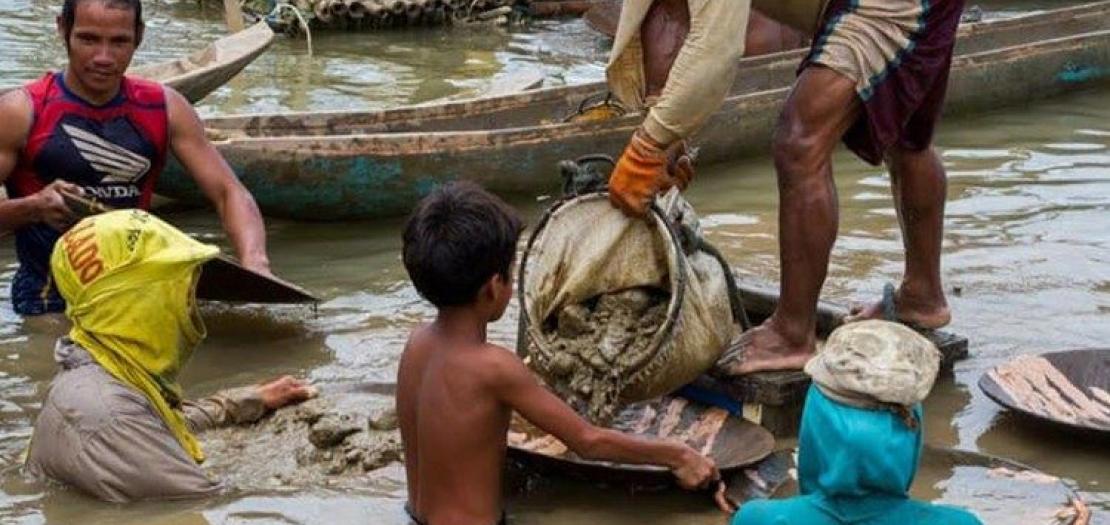Issued by the Catholic Center for Studies and Media - Jordan. Editor-in-chief Fr. Rif'at Bader - موقع أبونا abouna.org

The number of children forced into child labour has risen to 160 million, an increase of 8.4 million children in the last 4 years. Millions more are at risk of being drawn into it due to the impacts of Covid-19.
These figures in a joint report by the United Nations International Labour Organization (ILO) and the UN’s children’s fund, UNICEF, have been released in view of World Day Against Child Labour, June 12, Saturday. In the new report entitled “Child Labour: Global estimates 2020, trends and the road forward”, the 2 agencies warn that progress to end child labour has stalled for the first time in 20 years, reversing the previous downward trend that saw child labour fall by 94 million between 2000 and 2016.
ILO: "A wake-up call"
“The new estimates are a wake-up call. We cannot stand by while a new generation of children is put at risk,” said ILO Director-General Guy Ryder. He pointed out that inclusive social protection allows families to keep their children in school even in the face of economic hardship. Increased investment in rural development and decent work in agriculture, he said, is essential. “We are at a pivotal moment and much depends on how we respond. This is a time for renewed commitment and energy, to turn the corner and break the cycle of poverty and child labor,” Ryder said.
UNICEF: "It's time to get back on track"
UNICEF Executive Director Henrietta Fore also warned that the world is “losing ground in the fight to end child labor.” “Even before the Covid-19 pandemic, we saw the first increase in two decades – 8.4 million more children engaged in child labor since 2016,” she said in a video message for Saturday’s World Day against Child Labor.
She said that with school closures, lockdowns, loss of jobs, livelihood and lack of social safety nets, families are desperate and turning to “child labor as a last resort”. “Now, well into the second year of global lockdowns, school closures, economic disruptions, and shrinking national budgets," Fore said, "families are forced to make heartbreaking choices.”
“We must not accept this,” she said, adding, “It’s time to get back on track.” She called on countries to expand income support measures “to get children back into school where they belong”. “We urge governments and international development banks to prioritize investments in programs that can get children out of the workforce and back into school, and in social protection programs that can help families avoid making this choice in the first place,” Fore added.
Covid-19 stemming progress
The ILO-UNICEF report notes that even in regions where there has been some headway since 2016, such as in Asia and the Pacific, and Latin America and the Caribbean, Covid-19 is endangering that progress. However, a similar progress has eluded sub-Saharan Africa, where population growth, recurrent crises, extreme poverty, and inadequate social protection measures have led to an additional 16.6 million children in child labor over the past four years.
The report warns that globally, nine million additional children are at risk of being pushed into child labor by the end of 2022 as a result of the pandemic. A simulation model shows that this number could rise to 46 million if they don’t have access to critical social protection coverage.
Additional economic shocks and school closures caused by Covid-19 mean that children already in child labor may be working longer hours or under worsening conditions, while many more may be forced into the worst forms of child labor due to loss of jobs and income among vulnerable families.







